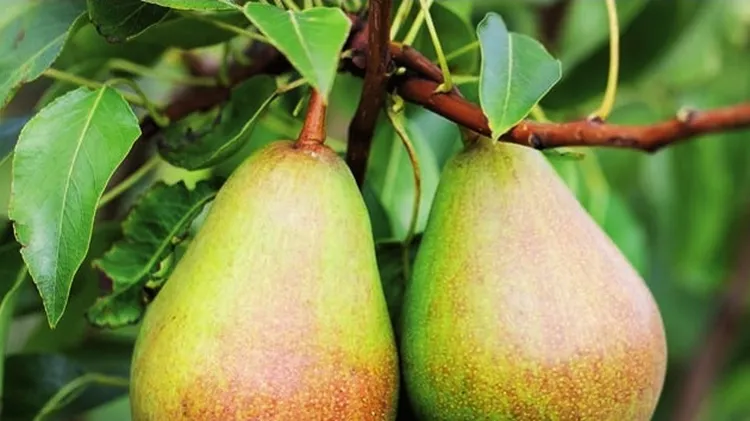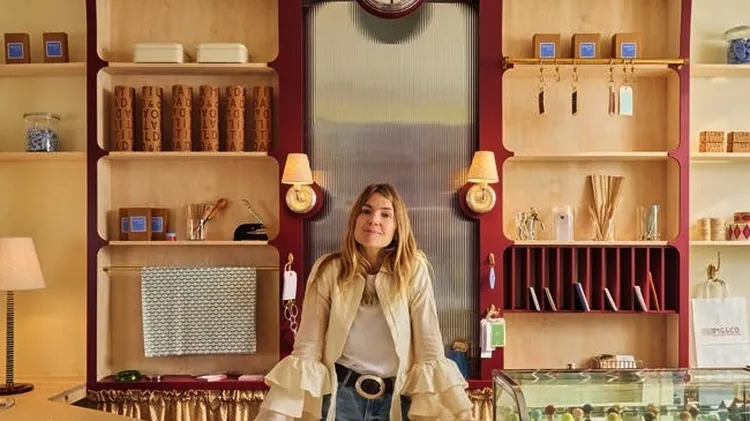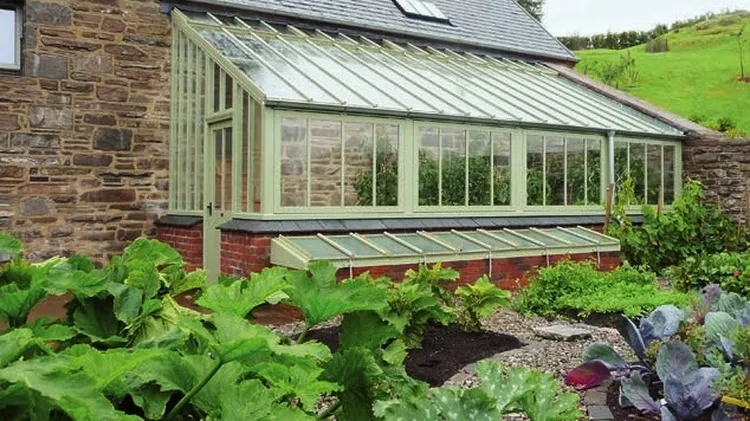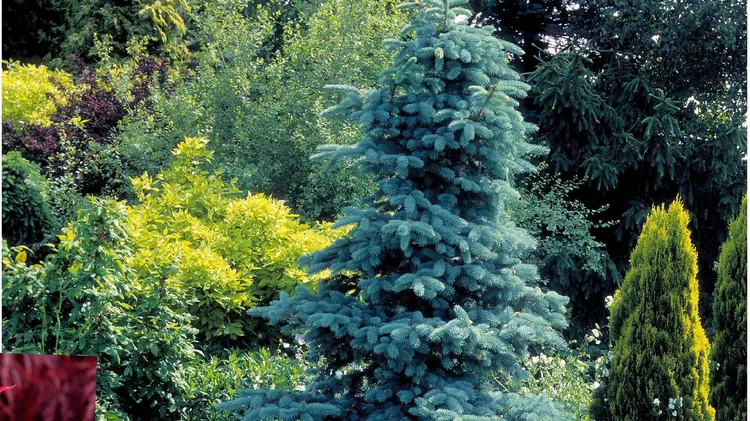CHRISTMAS DECK THE DOORS
What’s new, what’s growing and what’s going on this month
4 min read
This article is from...
Read this article and 8000+ more magazines and newspapers on Readly






